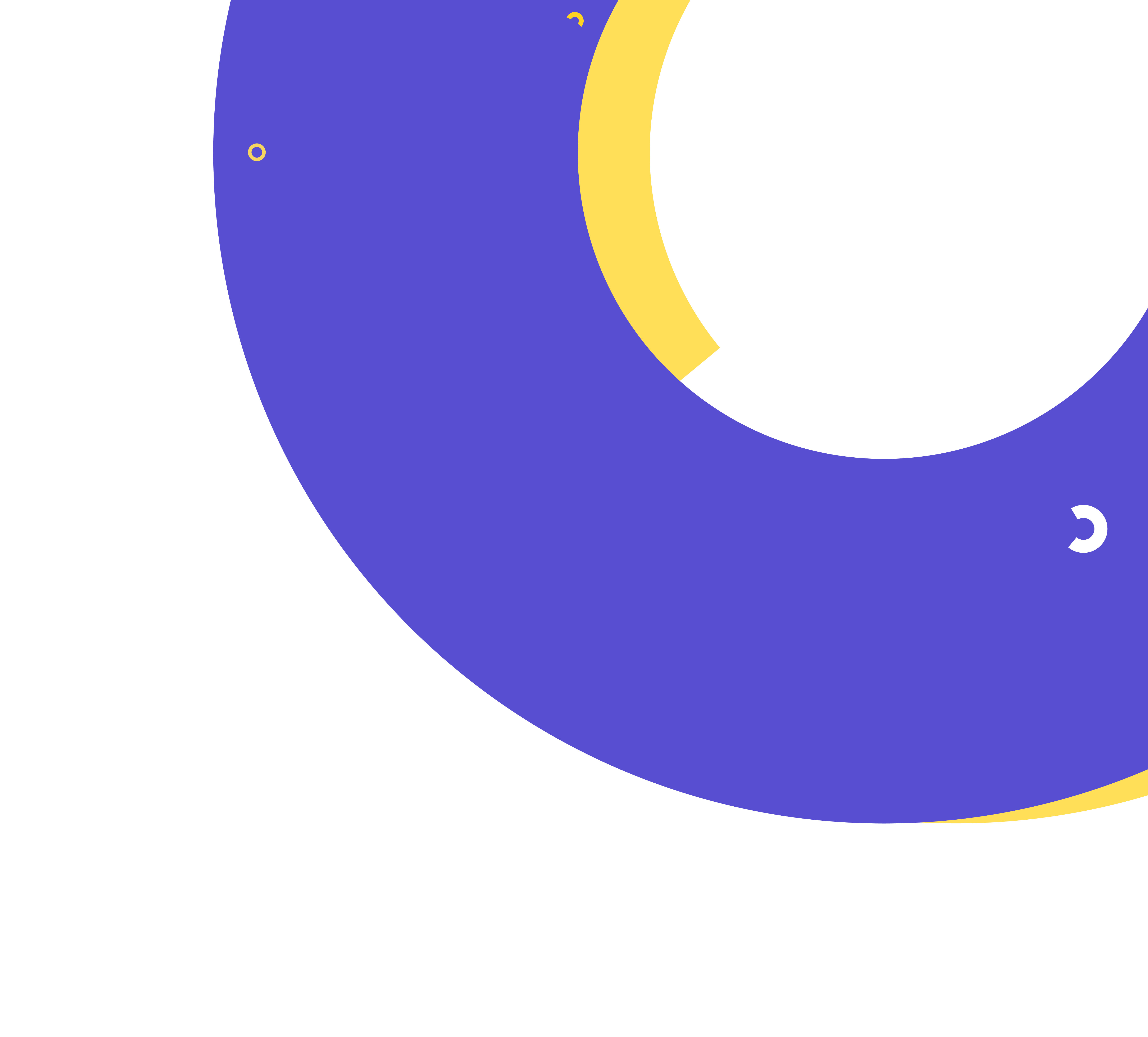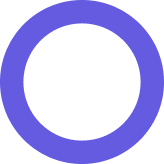Multi Tenancy is an ownership system wherein a tenant pays rent to occupy any property belonging to someone else. The terms and conditions of tenancy are clearly stated in a rent agreement. Tenants have fundamental rights and legal protections.





Multi Tenancy is an ownership system wherein a tenant pays rent to occupy any property belonging to someone else. The terms and conditions of tenancy are clearly stated in a rent agreement. Tenants have fundamental rights and legal protections.


Multi Tenant means that a single instance of the software and its supporting infrastructure serves multiple customers. Each customer shares the software application and also shares a single database. Each tenants data is isolated and remains invisible to other tenants.



Offer unique products, services, or solutions that stand out in the market. Innovation and differentiation can attract customers and give you a competitive edge.
A testimonial is an honest endorsement of your product or service that usually comes from a customer, colleague, or peer who has benefited from or experienced success as a result of the work you did for them.



Optimize your manufacturing business with Quebix, offering a seamless user interface for streamlined operations, one convenient platform.
